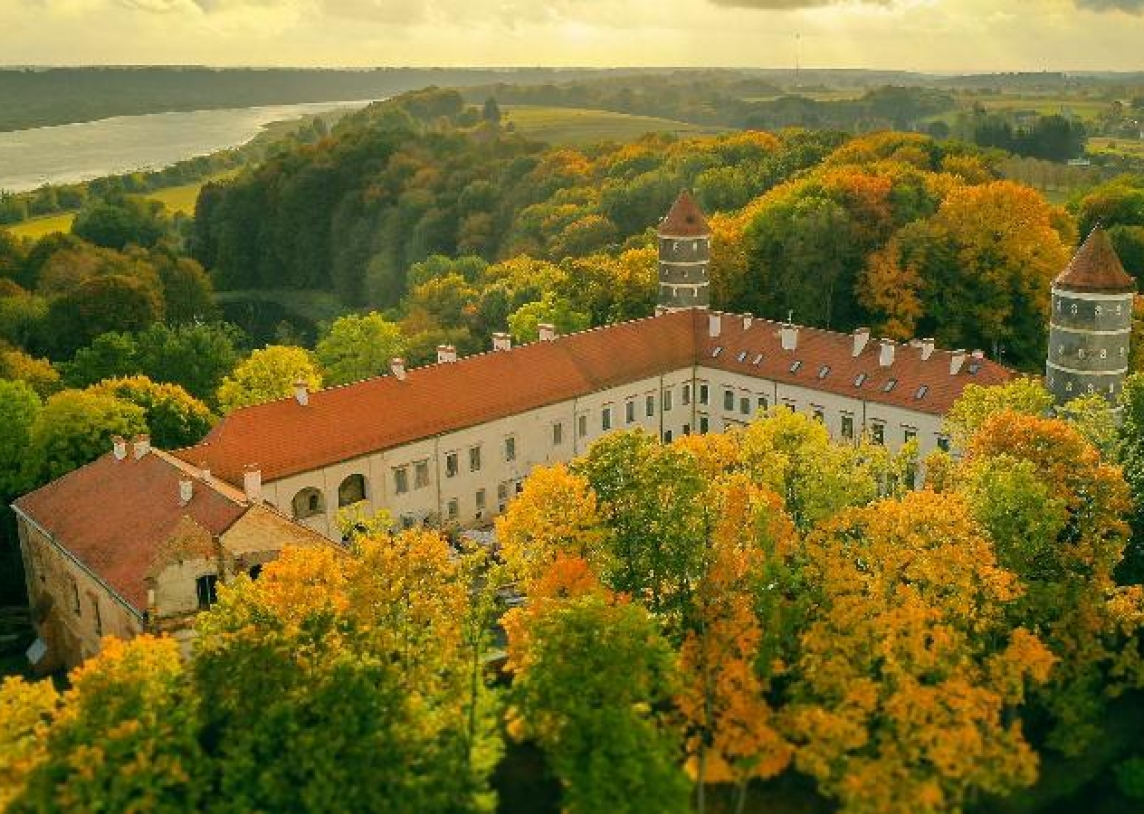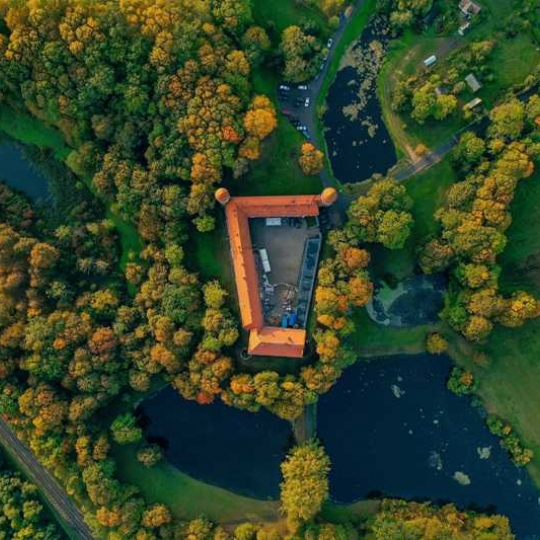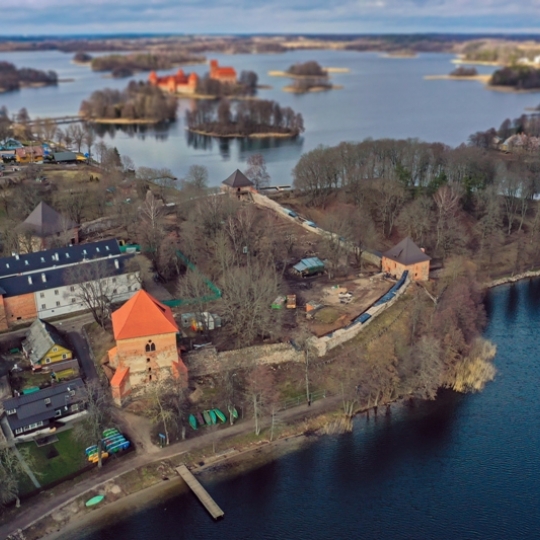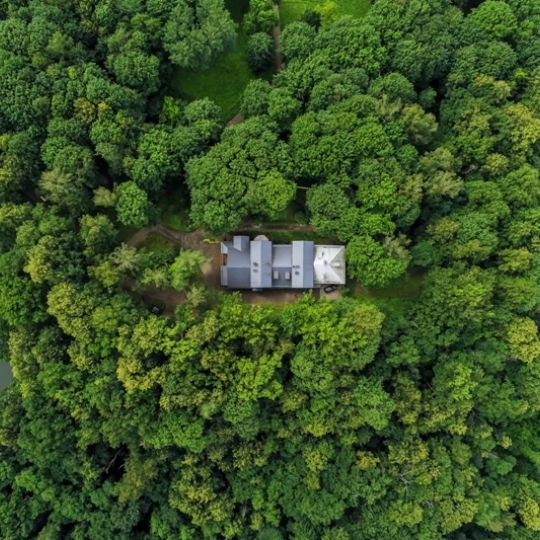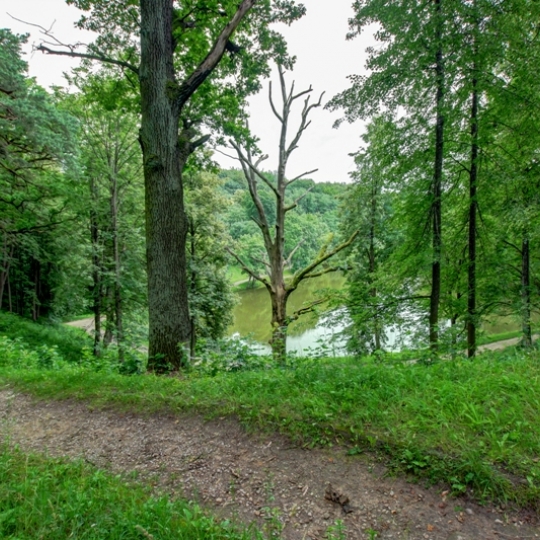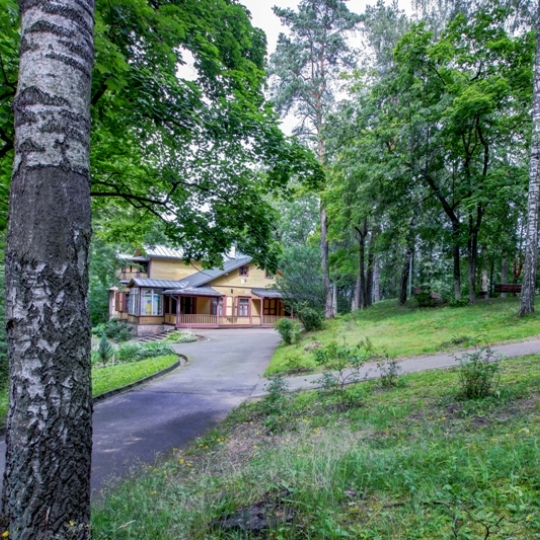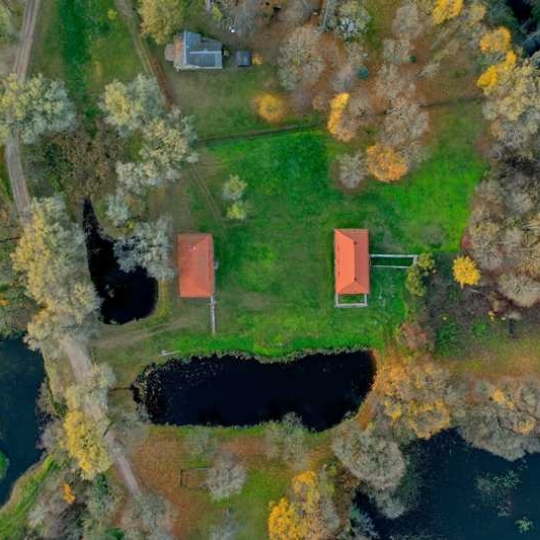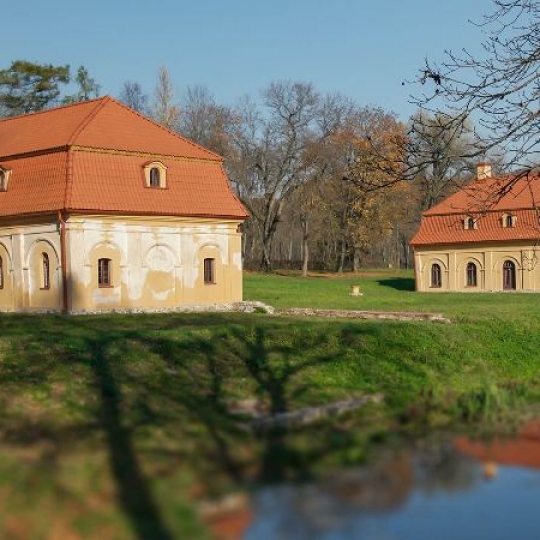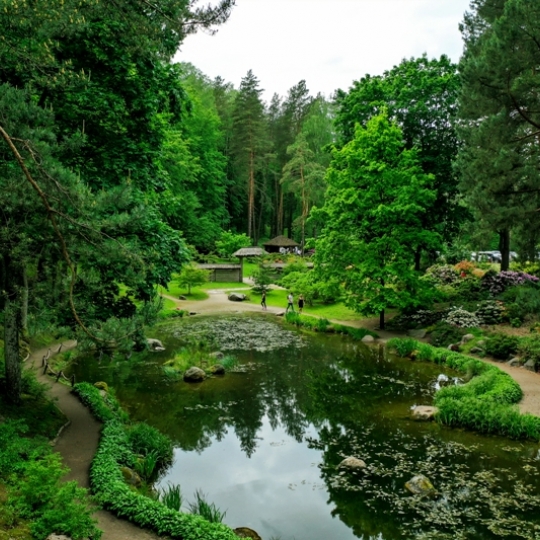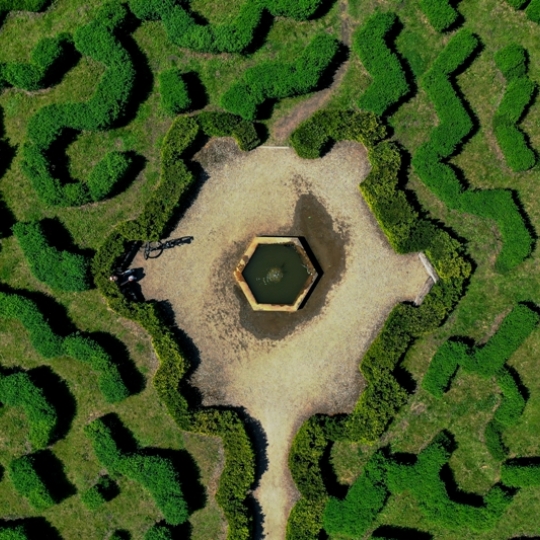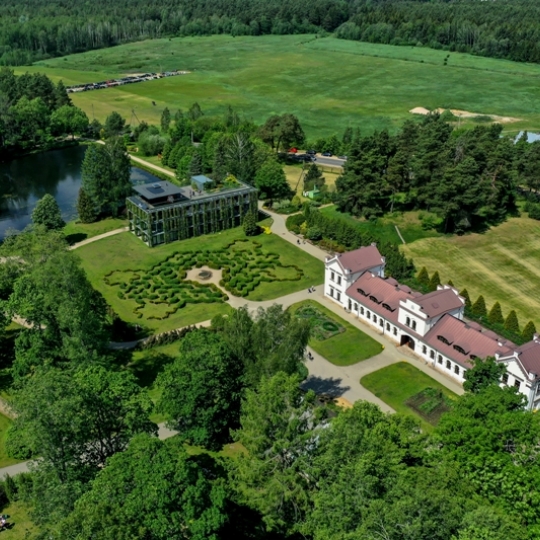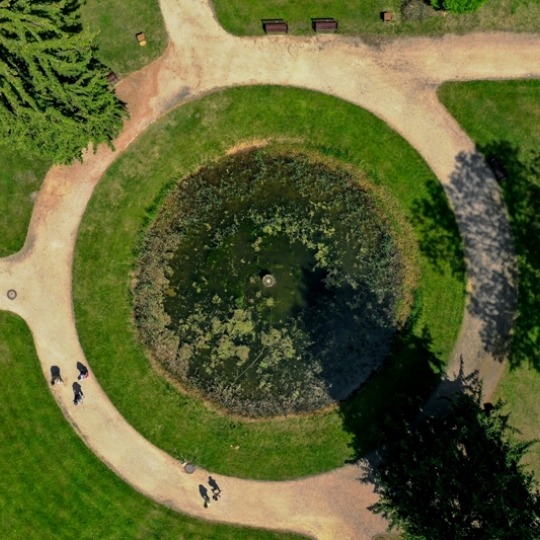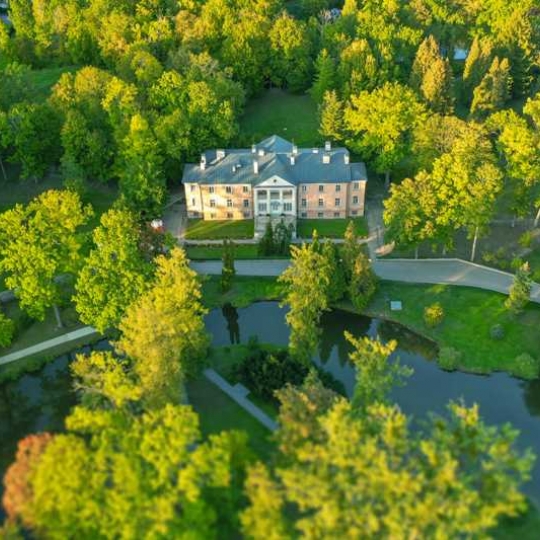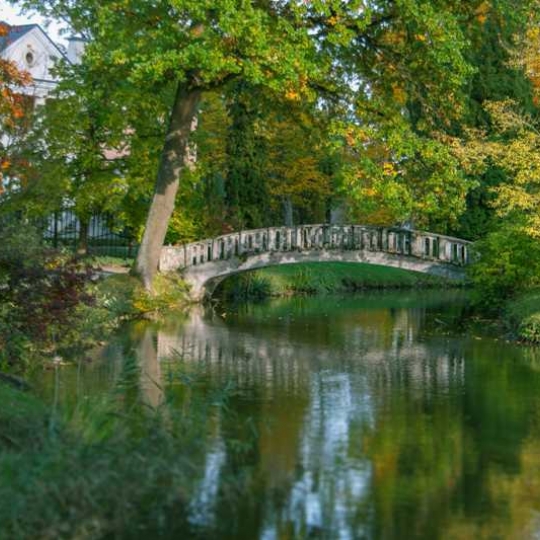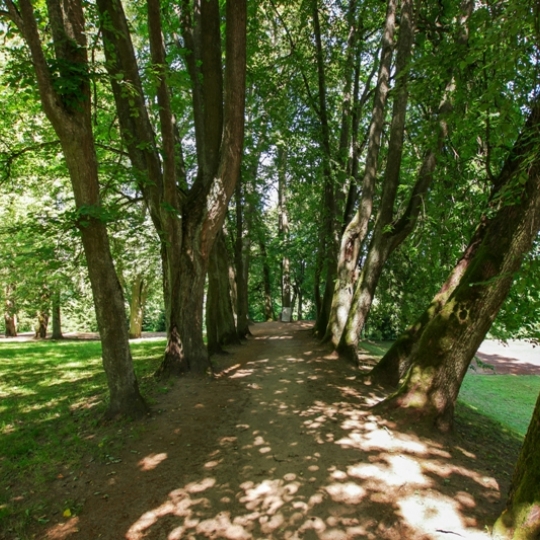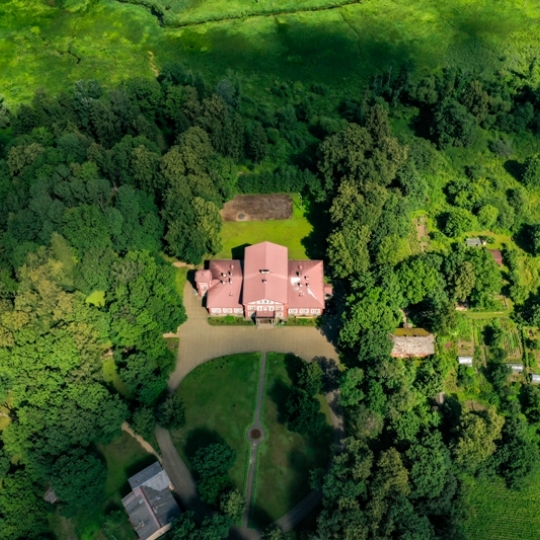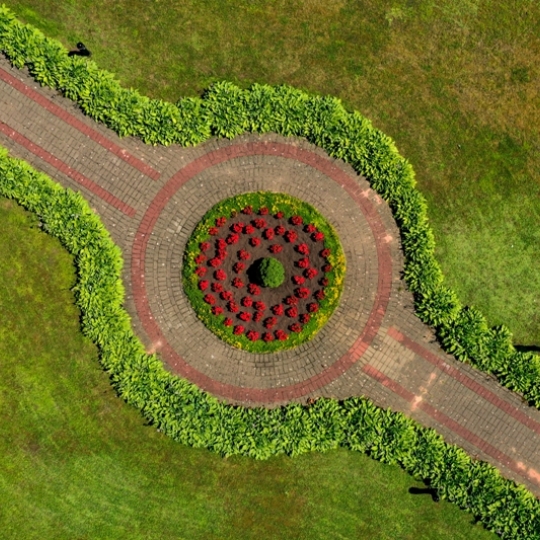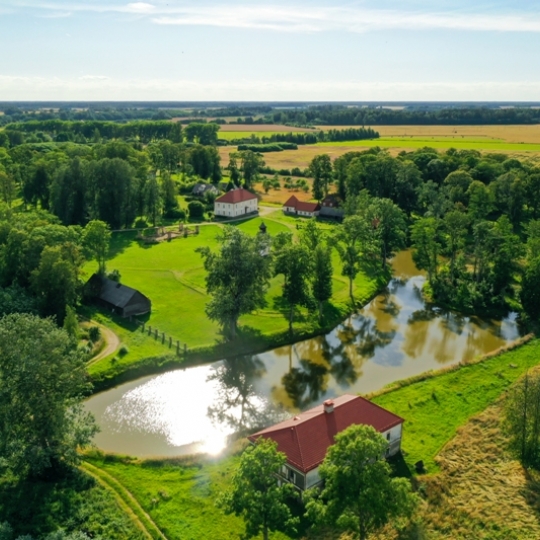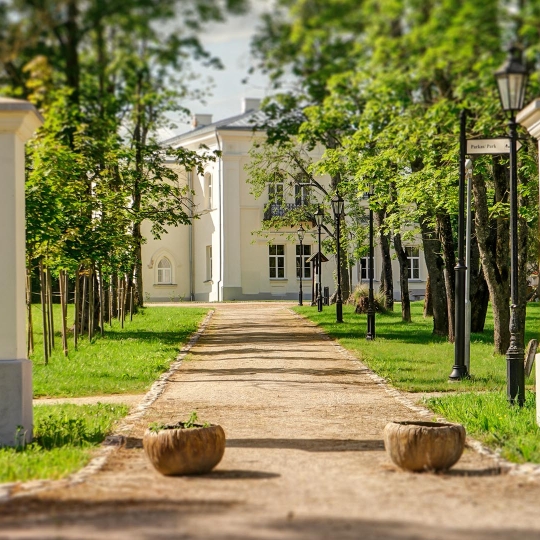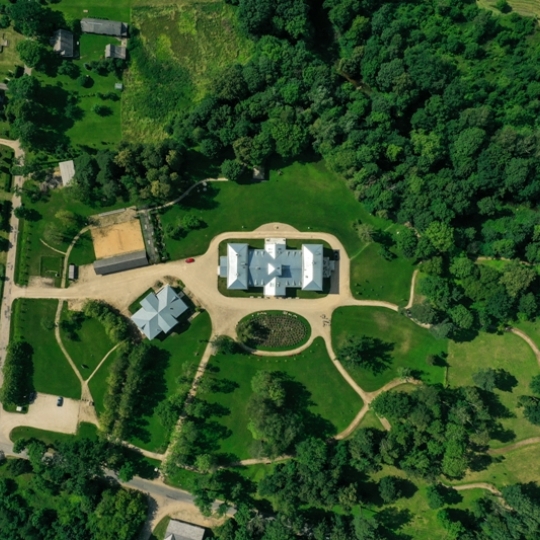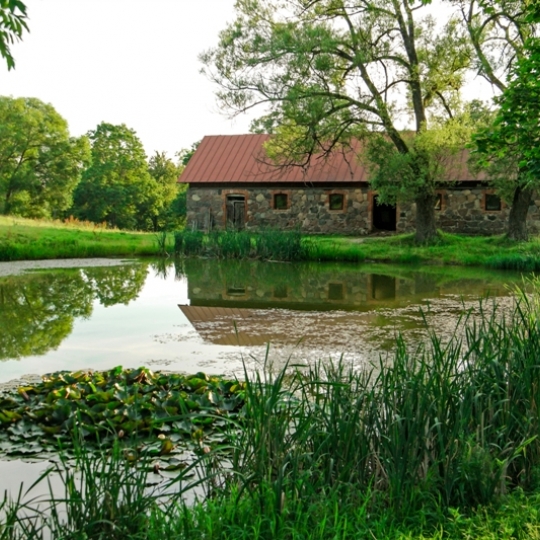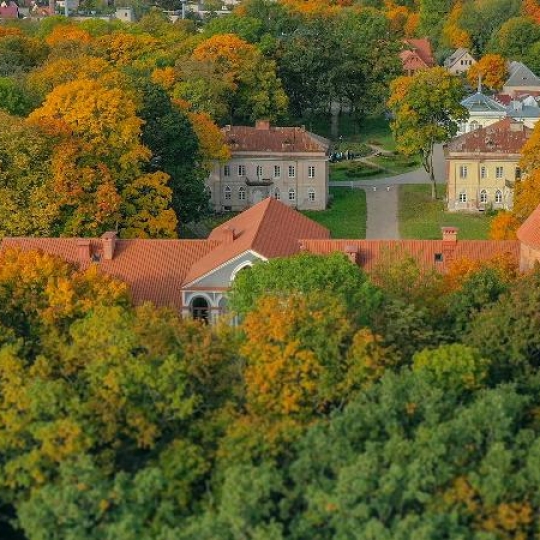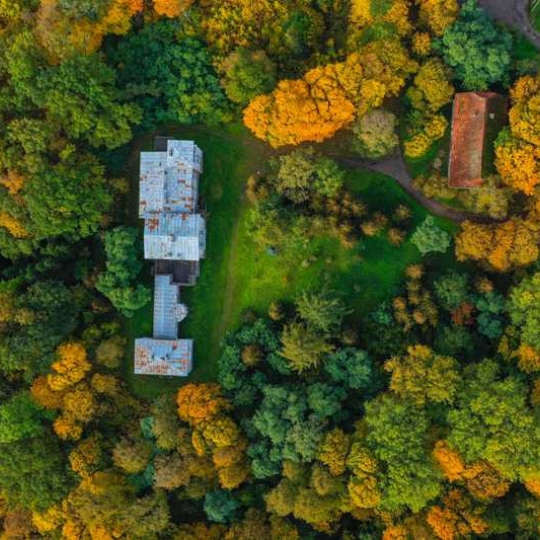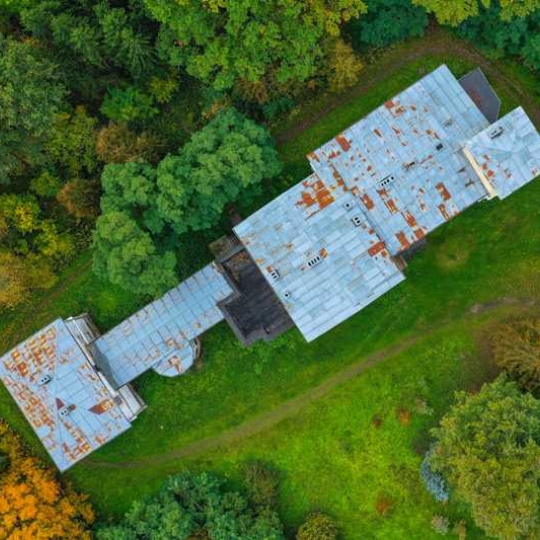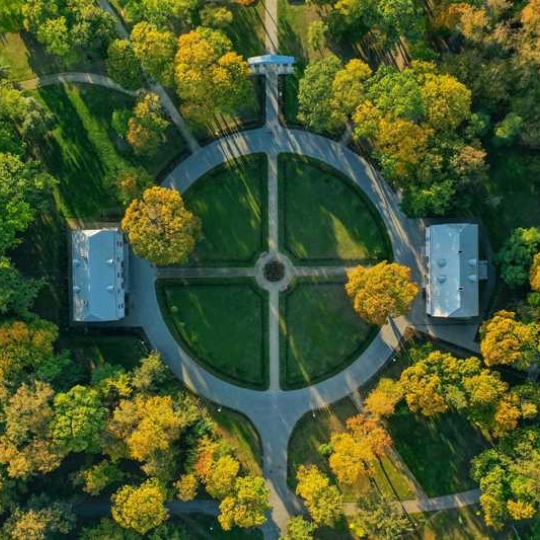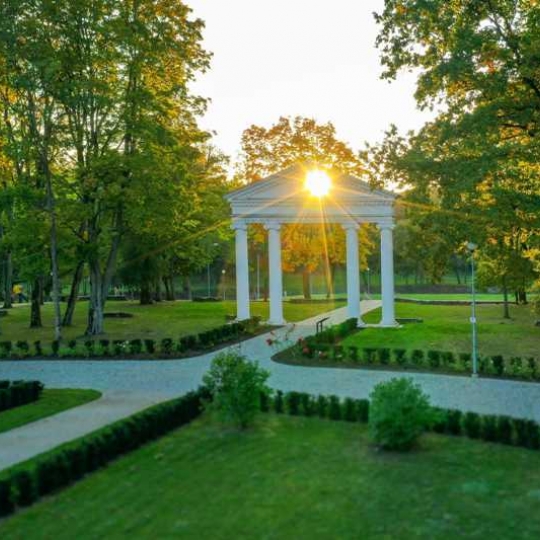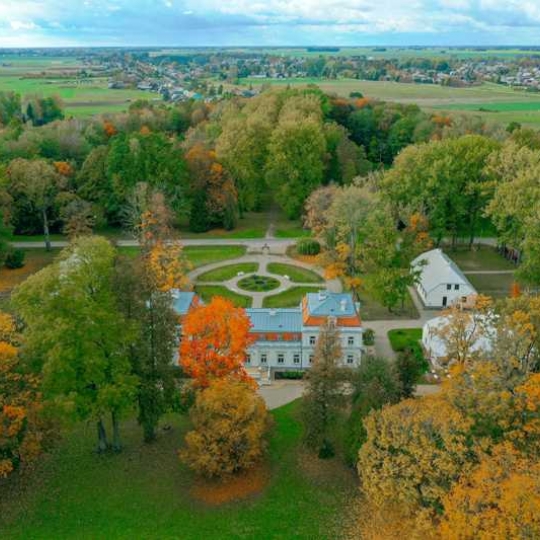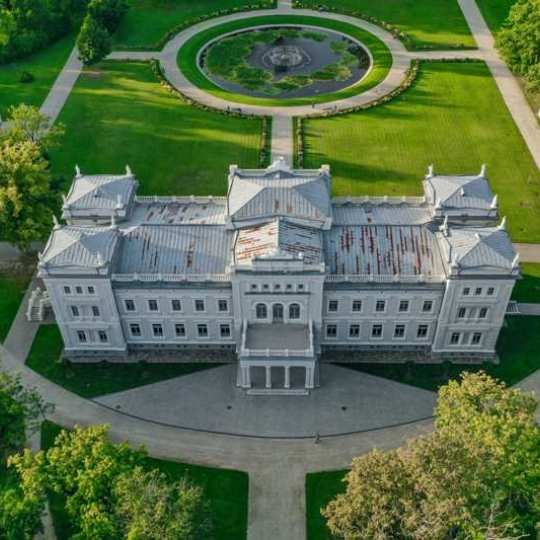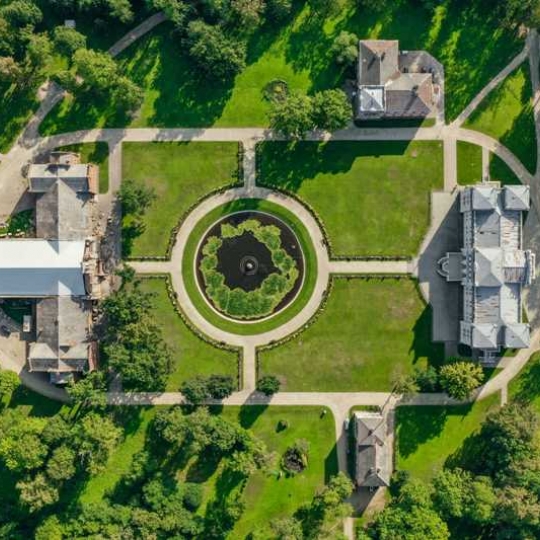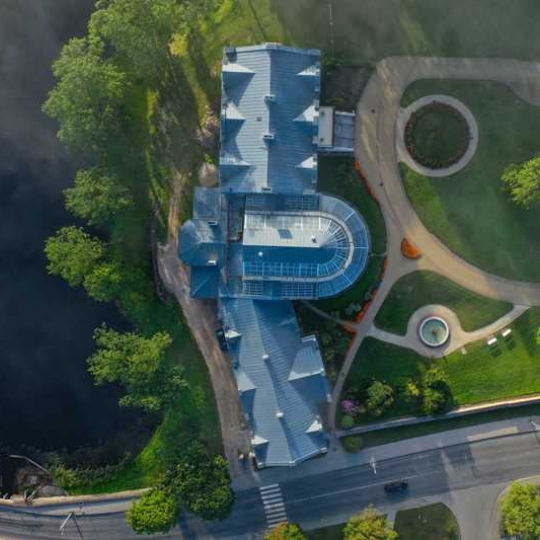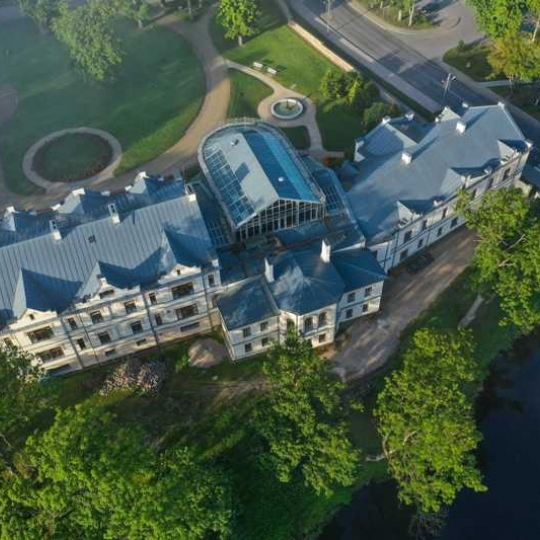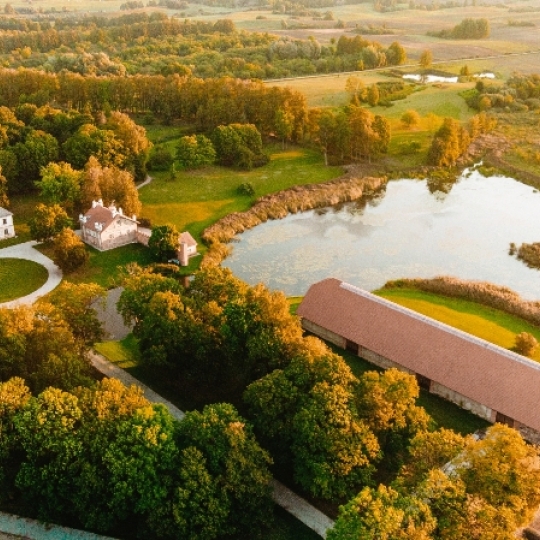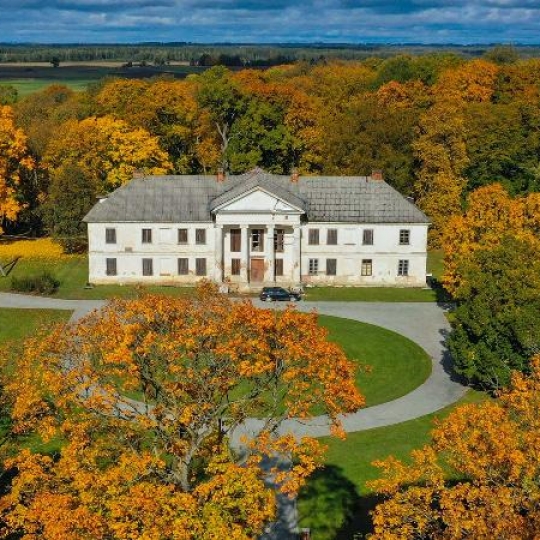Articles
The heritage of Lithuanian manor parks for unforgettable autumn walks
2020 10 22Lithuanian castle and manor parks are special places where magnificent historical buildings are surrounded by flourishing greenery, where the landscape, natural and cultural heritage has been preserved. Only here you can discover the old park alleys framed by lime trees, thoughtfully equipped water bodies, fountains, sculptures and other elements that adorn the territories of the manors and create a different, unique mood to each of them. Manor parks are landscapes created by exceptional personalities and often designed by famous architects. Many of them suffered greatly, fell into decline over time, in the twentieth century, during the wars and during the Soviet era, but after Lithuania regained its independence, they were restored and cherished again. Today, the visitors have the opportunity to admire these well-groomed green oases again, thanks to the efforts of many people, park staff and the specialists of various fields.
Lithuanian castle parks
The park of Panemunė Castle in Jurbarkas district was started in the 17th century, later it was reconstructed at the end of the 18th century. A landscape-type park was then formed with a system of ponds, an artificial landscape, gazebos and a zoo with fallow deer, as well as an orangery. On the first half of the 19th century, there was a Salesian monastery in the territory of the castle, and the park was taken care of by monks.
Today, this 15-hectare park has been re-arranged, and on arrival you can take a walk on the park’s trails, enjoy the observation decks, local and foreign plants (many old trees up to 100-400 years old grow in the park: common oaks, small-leaved lime trees, pines, maples, grey poplars), white willows, chestnuts, ash trees, and white-flowered robinias).
Meanwhile, the visitors to the Trakai Peninsula Castle will not see the space of a huge park, but fragments of the old park in the historical territory, founded in the middle of the 19th century, have survived.
The trails of the manor parks are also available in Vilnius
Tuskulėnai Manor was once surrounded by gardens, ponds and large hunting areas, while a park with flower beds and small architecture was created in the 19th century. As you arrive at the manor surrounded by the city today, you can take a walk around the manor and the Tuskulėnai Serenity Park located in the adjacent territory.
Markučiai Manor Park was founded in the 17th century and reorganised in the 19th century. The landscape-type park near the manor house has observation and recreation areas, trails and several ponds.
The system of ponds surrounding historic buildings provides the surroundings of Liubavas Manor, located near Vilnius, with an exceptional aura. There are surviving documents from the time of Sigismund the Elder, in which the repair works of these ponds has been recorded. The manor buildings are surrounded by old trees, and the Žalesa River flows by the mill. Those who come here for a walk are enchanted by the special atmosphere created by the environment of this romantic manor, filled with mystery, peace and beauty.
Botanical gardens in the surroundings of the manors: Vilnius University Botanical Garden in Vilnius and Vytautas Magnus University Botanical Garden in Kaunas
The managers of the botanical gardens located in the manor areas also have to take care of the heritage protection function. The presence of old manor buildings provides these gardens with an exceptional aura.
The development of the park on Kairėnai Manor site in Vilnius started as early as the beginning of the 17th century. The undulating landscape of the landscape-type park has preserved the terrace layout, it has a number of ponds. An English-style park in Kairėnai was established when it was ruled by Ipolitas and DorotėjaLopacinskiai at the beginning of the 19th century. The magnificence of the park is evidenced by the statement of the famous Polish politician and botanist S. Wodzicki that the park of Kairėnai Manor is one of the five best parks of this style in the entire Grand Duchy of Lithuania.
Today, the Botanical Garden of Vilnius University is located in the vicinity of Kairėnai Manor, which has changed its location four times since its foundation. The 148-hectare park was moved to the territory of Kairėnai Manor in 1974. The botanical garden, with one of richest plant collections in the Baltic States, has been open to visitors since 2000, and is a location loved by both the residents of Vilnius and its guests.
The environment of Aukštoji Freda Manor in Kaunas is another cherished oasis of natural wealth and cultural heritage. It is home to the botanical garden of Kaunas since 1923, now - Vytautas Magnus University. The cornerstone for the future garden conservatory was then laid by the President Aleksandras Stulginskis.
Lithuanian manors scattered all over the country are surrounded by an abundance and variety of plants, surrounded by picturesque park paths
The park of Alanta Manor in Molėtai district was established on the second half of the 19th century, around 1870. There is a road leading to the palace and a flower garden in its central part. It is known that earlier in front of the manor house, there were marble sculptures of Jupiter and Venus, four round stone tables, benches, and the figures of a wolf and a lion. There are several ponds in the park, local tree species predominate, there are also some tartar, silver, gin maples, chestnuts and white poplars, you can take a stroll along the alleys of small-leaved lime trees.
The park of Pienioniai Manor in Anykščiai district was established at the end of the 18th century - the beginning of the 19th century. Then the owners of the manor Siesickiai were taking care of the unique park. Around 1870, Francis Leiner, a gardener of Czech origin, came to Pienioniai. As a story goes, it is thanks to him that the manor park had almost two hundred species and varieties of plants at that time. Maple, poplar and chestnut alleys would lead the guests to the palace through the gates protected by frozen lions. The park had an orangery, where pineapples, apricots, grapes, laurel bushes grew, there were ponds, and one of them had an artificial island. A decorative element of the park was the original meat smokehouse, which also served as a tower for viewing the surroundings.
Even today, the park has preserved the atmosphere of the previous, prosperous period, the alleys, various plant species, ponds, as well as the smokehouse-observation tower. The Pienia River flows nearby, and the gate of the park is still guarded by two sculptures of lions sitting high on the columns.
The park of Burbiškis Manor in Anykščiai district is surrounded by elegant classicist style palace. Here you can find lime trees, willows, elm trees and aspens, poplars, birches, thujas and other species, a total of more than thirty species of trees and shrubs. The Anykščiai River flows nearby.
The park of Saldutiškis Manor in Utena district is another state protected natural heritage object, occupying a little more than two hectares. The main part of the mixed-type park, installed in the second half of the 19th century, is located in the central representative part near the manor house. Alien, exotic varieties of trees grow here, and there are over twenty rare species of trees and shrubs. The park has been divided into rectangular areas by alleys, and paths decorated with rose bushes have been installed around the palace. The park near Saldutiškis Manor was founded by its then manager BoleslovasJaloveckis.
The park of Raudondvaris Manor in Kaunas district was established in the 19th century, it covers an area of almost four hectares and surrounds the ensemble of Renaissance architecture manor. The territory of the park is decorated with restored greenery and flower gardens, where old rose varieties are grown.
The landscape-type park of Belvedere Manor in the Jurbarkas district is located in a place of extraordinary beauty, along the Nemunas River. 365 steps on the southern slope lead to the river valley. Winding paths and an observation hill await the visitors to the park. There are many native tree species growing here, as well as chestnuts, larches, grey poplar trees, western red cedar, pines, firs and other species, including huge old trees. One park alley is framed by birch trees, another by spruce, and yet another by western thujas.
The Jurbarkas Manor in Jurbarkas is surrounded by a mixed park, which runs along the Mituva River and covers an area of thirty hectares. There are alleys for walks in the gently undulating terrain of the park, you can cross the river by a bridge, while in the centre of the park there is a circular ground floor. Maple, linden, birch, oak, bark, larch and other tree species grow in the territory of the manor.
The park of Zypliai Manor in Šakiai district installed in the 19th century, has preserved its composition, roads, paths and ponds. Balsamic poplar and scrub alleys have been installed in the large territory of the park.
The park of Plungė Manor surrounds the magnificent palace since the 19th - the beginning of the 20th century. One of the central elements of the manor environment is a huge fountain with the sculpture “Aphrodite with Three Cupids” in the middle. This year, in 2020, the restoration of the former orchard began in the manor park, 400 peonies were planted here in spring, and as many as 130 old apple trees in autumn.
The park of Kretinga Manor was started in the 17th century, later reconstructed in the 19th century. The manor park of this period was decorated in a French style, giving it geometrically precise shapes. The spaces of the park divided by alleys were decorated with fountains, cascading ponds, pheasants and grape snails were grown here, and in summer it would be filled with the sounds of music performed by an orchestra maintained by the Count. Today, the remaining alleys in the mixed-type park are straight, while elsewhere, in the part of landscape planning the park has meander trails. The park has ponds and many species of trees and shrubs, some old thick-stemmed oaks have been preserved. A fountain with a sculpture has been restored in the central part near the palace.
The English-type park of Šilutė Hugo Scheu Manor was established at the end of the 19th - the beginning of the 20th century. The Šyša River flows nearby, it has ponds and an alley. Many varieties of trees and shrubs once grew here, and some of the valuable old plants have survived to this day.
The park of AštriojiKirsna Manor in Lazdijai district was established on the second half of the 19th century, it is believed that the author of the project was KonradasLinkas, a gardener from Seinai. The undulating terrain of the park features observation decks, ponds, paved paths and a small-leafed lime alley. Tree species such as oaks, lime trees and maples, bark and ash trees, beech and larch trees, as well as spruces, chestnuts, willows and others grow here.
The history of the oldest Lithuanian manor parks dates back to the 17th century. In some places the environment of the manors has been successfully restored, in others we can only recall the old parks as they used to be, but a walk in the autumn-decorated environment of Lithuanian manors, the paths and alleys once used by the nobles and the hooves of horses pulling the carriages, will make great impressions and memories.
